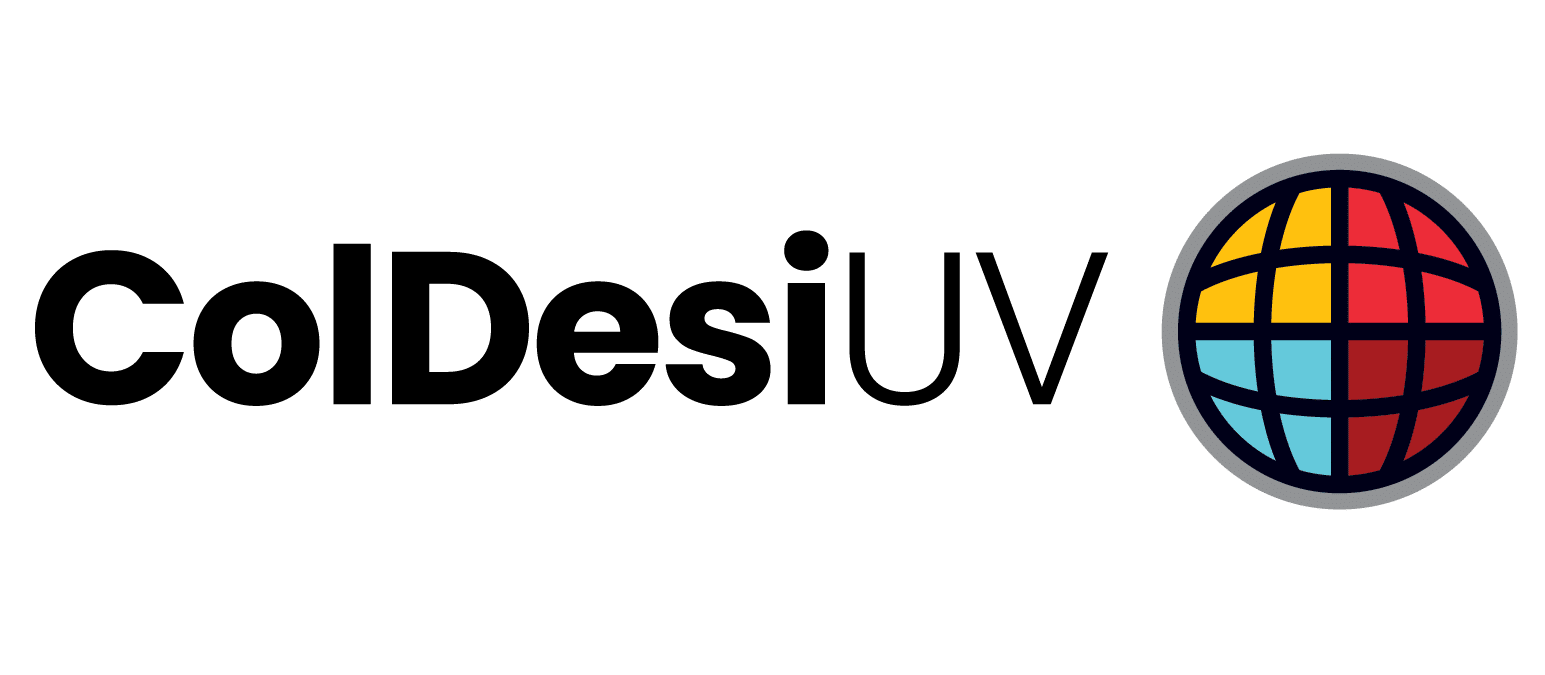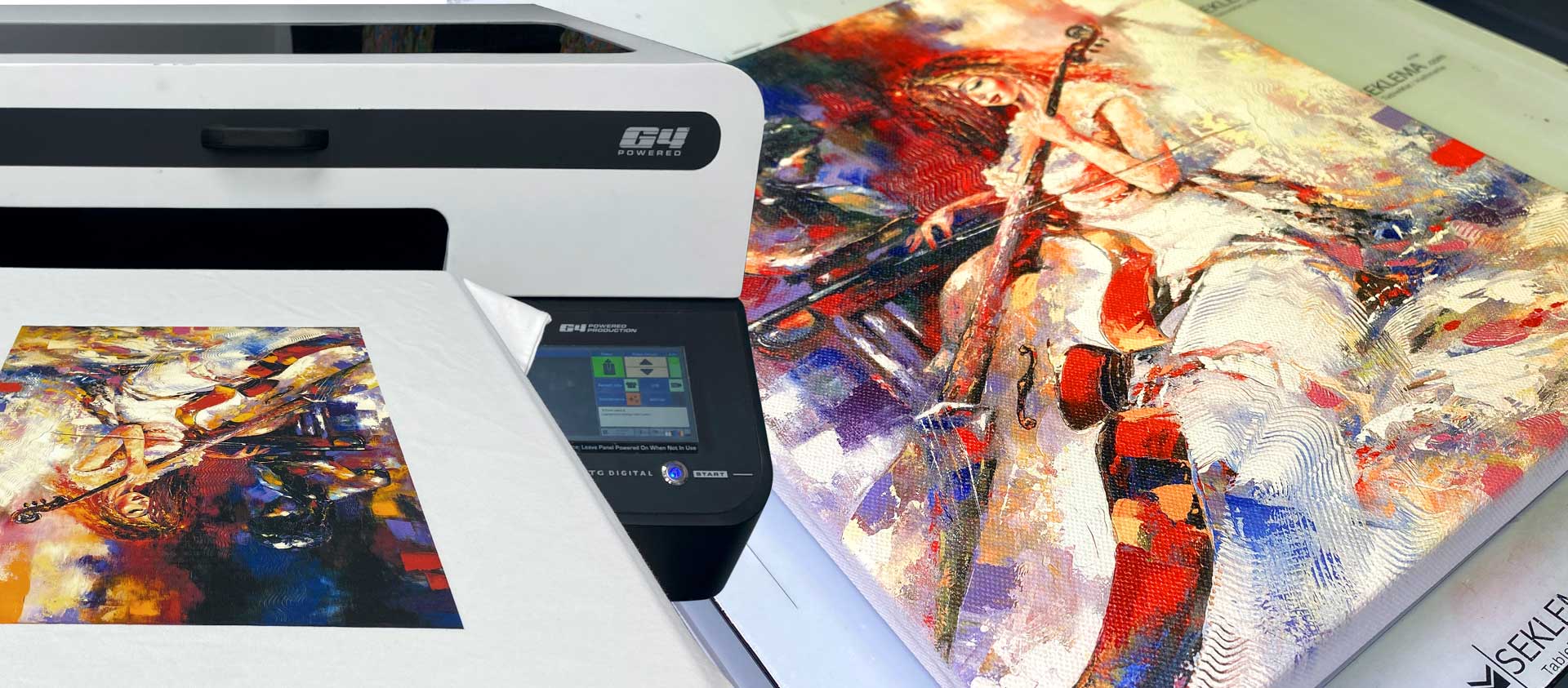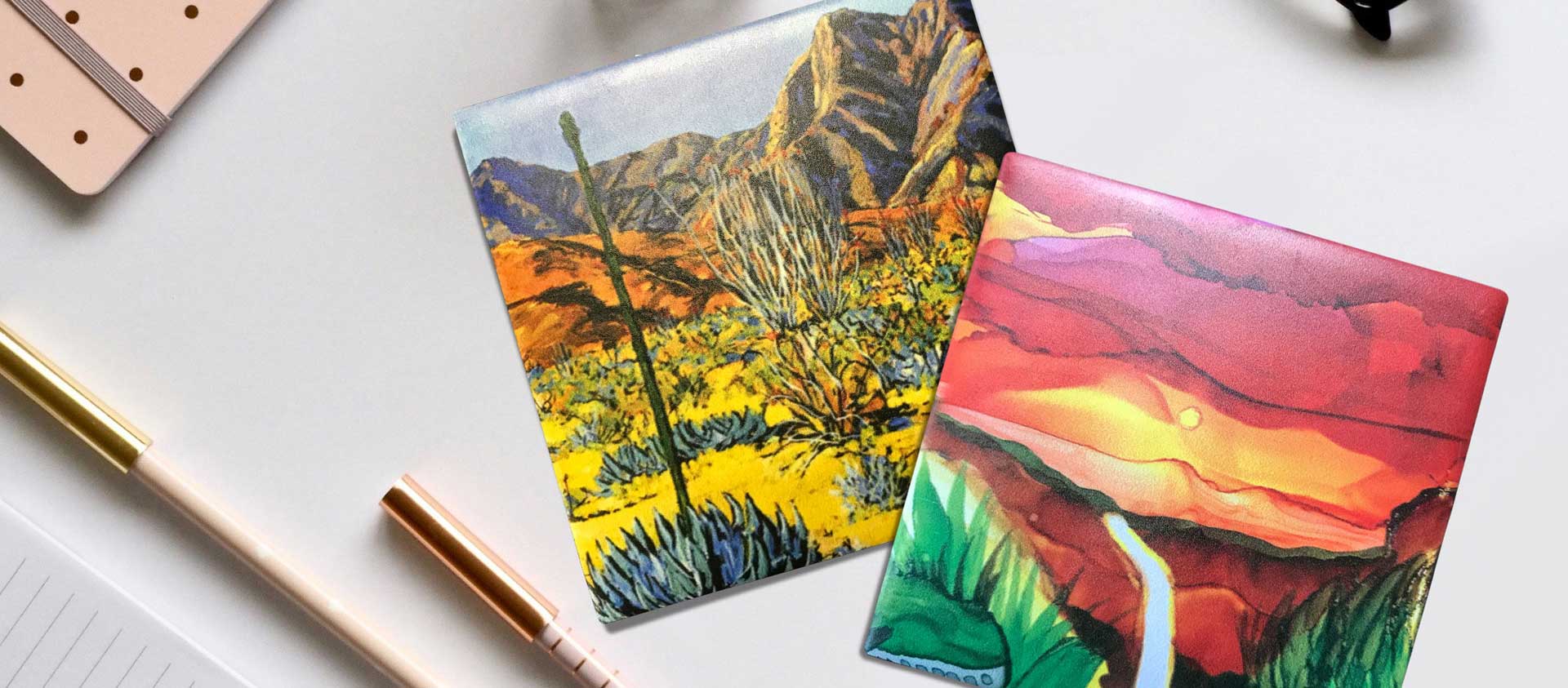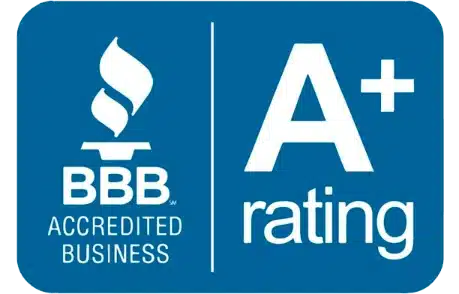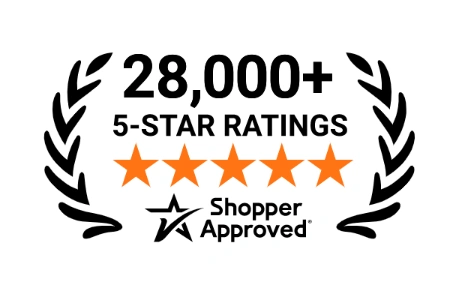Pad printing has been the standard for decorating a wide range of items ranging from electronic micro-components to toys to ad specialty items to golf balls and the like for the better part of the last 75 years.
Materials ranging from plastics to metals and wood to ceramics and glass can all be embellished with pad printing equipment.
And the equipment to create pad printing images can range from hundreds of dollars to tens of thousands of dollars.
Because of this broad range of equipment prices pad printing has wide appeal to a lot of businesses. However, there are several shortcomings to pad printing that limit its effectiveness in our modern, digitally driven world.
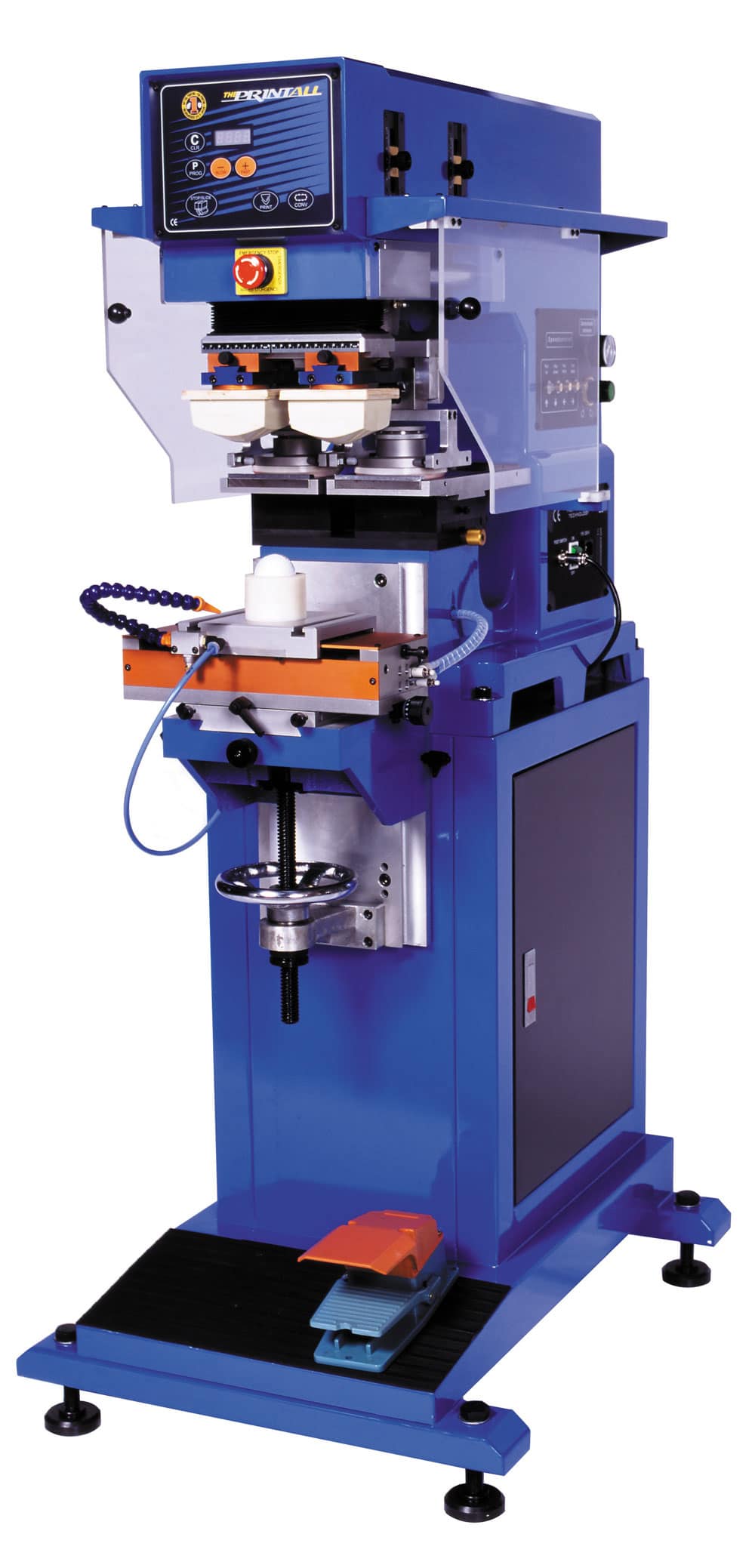
Advantages of Pad Printing.
- Inexpensive equipment entry price point
- Versatility to print on a lot of items and substrates
- Relatively short learning curve
- Low cost per unit to print on large runs
- Mature, proven process
Shortcomings of Pad Printing.
- Multi-color printing requires more expensive equipment, the more colors needed, the more expensive the equipment
- Full-color images not practical
- Setup costs make short-run production impractical
- Clean up can be messy and time-consuming
- Variable data, designs, colors not practical or impossible
- Color separations needed for multi-color jobs
- Relatively small imprint area – most pad printers only print up to 4-4.5”
- Clearance for item to be printed and the fixture to hold it 6” or less
- Storage of clichés can become a problem for repeat jobs
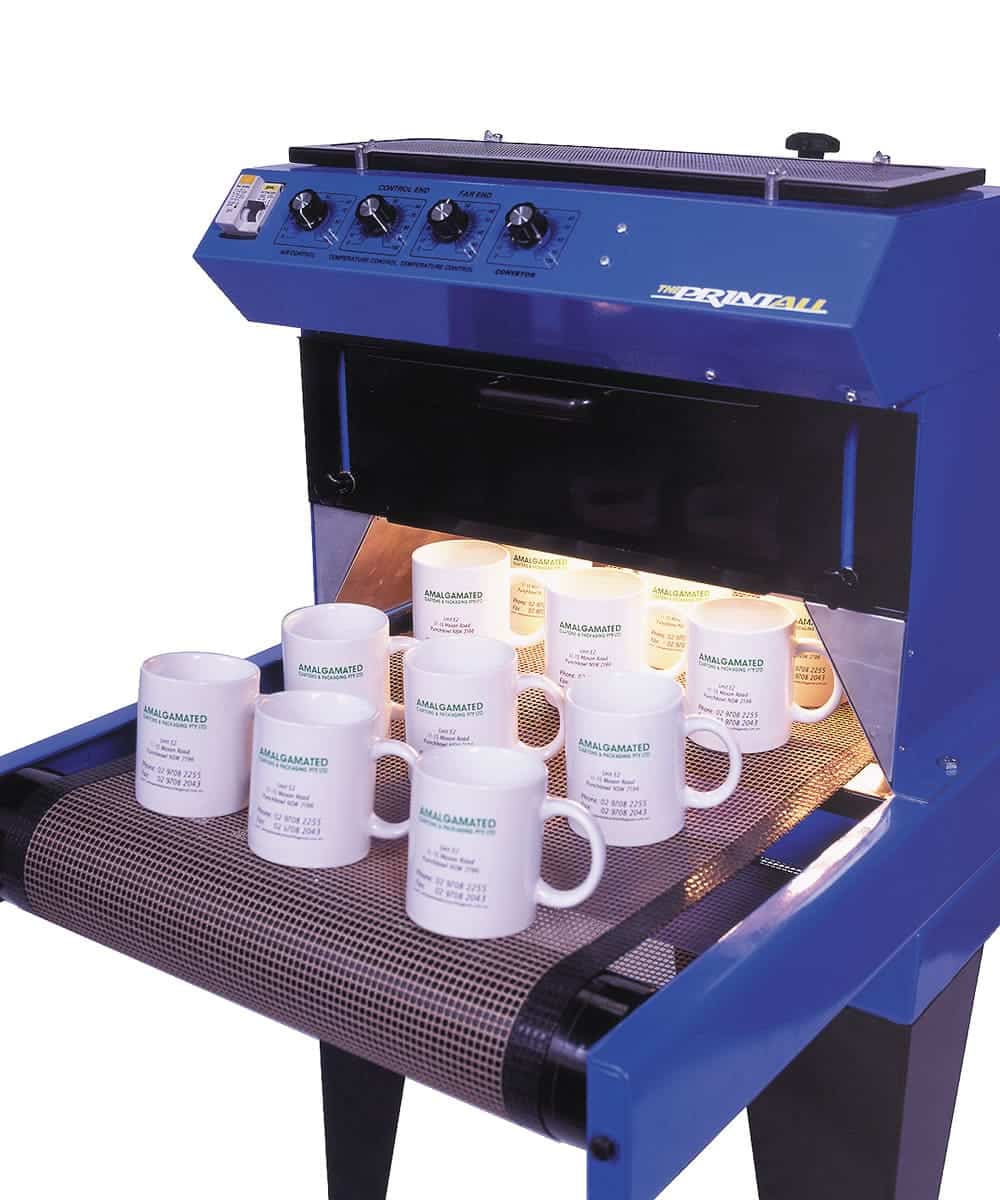
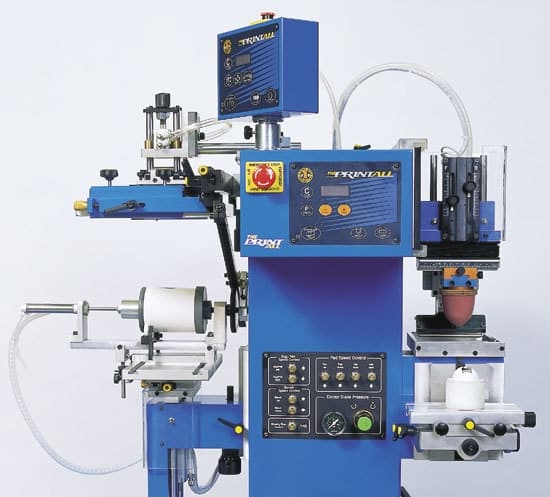
Pad printing is still effective for many applications; however, the world has become more and more accustomed to full color, mass-customized items. This means that businesses need to adapt or face a loss of revenue to competitors that are already riding the digital wave.
Enter flatbed UV printing
UV flatbed printers offer many of the benefits of traditional pad printing – versatility, a very short learning curve for operation, low ink costs to name a few. On top of these UV printing allows for full-color imaging – at the same speeds as single-color imaging.
Basically, a 2-inch logo in black takes the exact same amount of time to print as the same image in full color when printed on a UV printer like the Compress iUV-600s or iUV-1200s.

Artwork for UV printing does not have to be specially set up to allow for color separations, streamlining the order to production to delivery window. Printing one or thousands requires the same amount of setup because the entire process is digital.
Imprint areas on UV printers are much larger than pad printing, ranging from approximately 24” x 18” on the Compress iUV-600s to 45” x 29.5” on the Compress iUV-1200s – with both models allowing for almost 12” in clearance for the item to be printed – nearly twice the norm for pad printing systems.

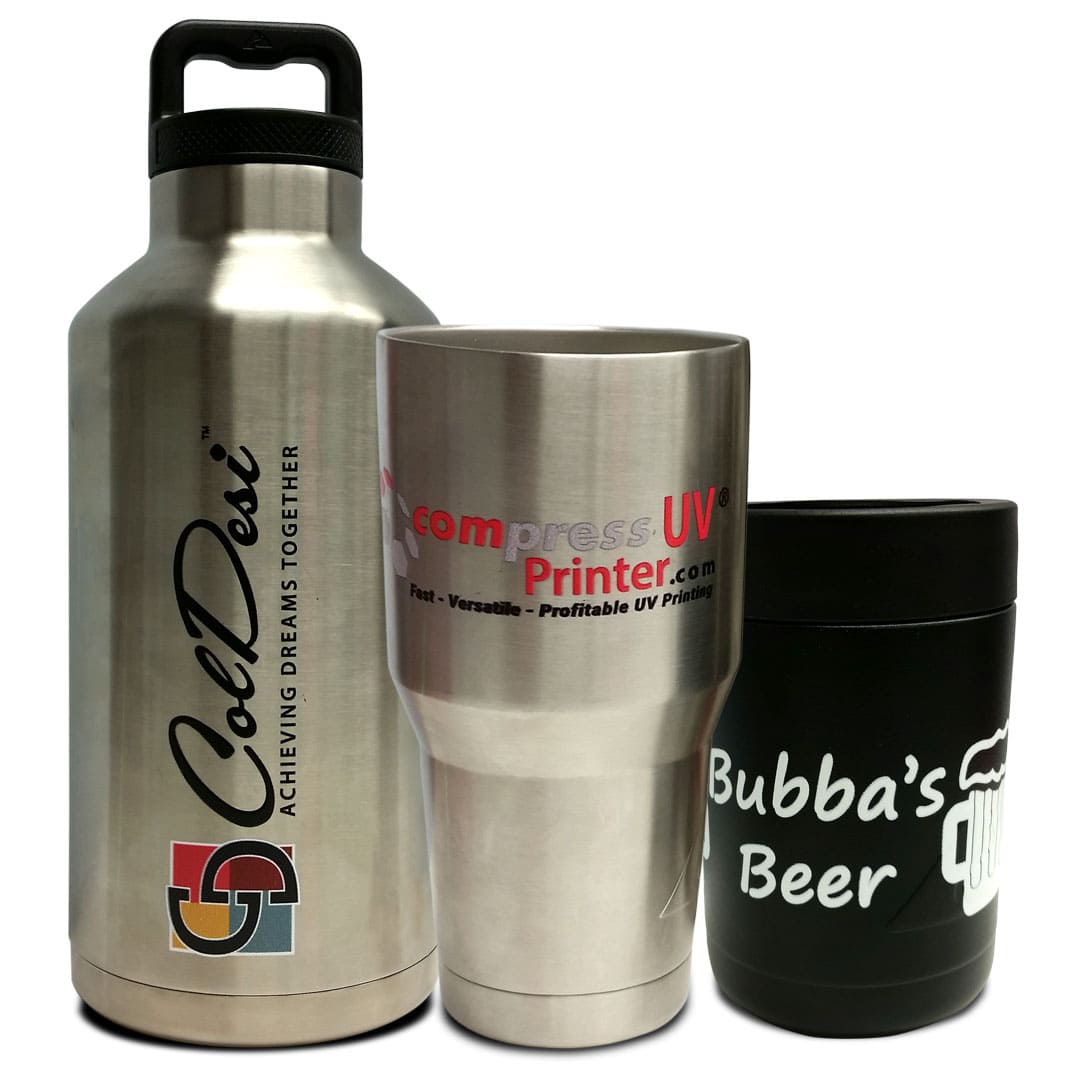

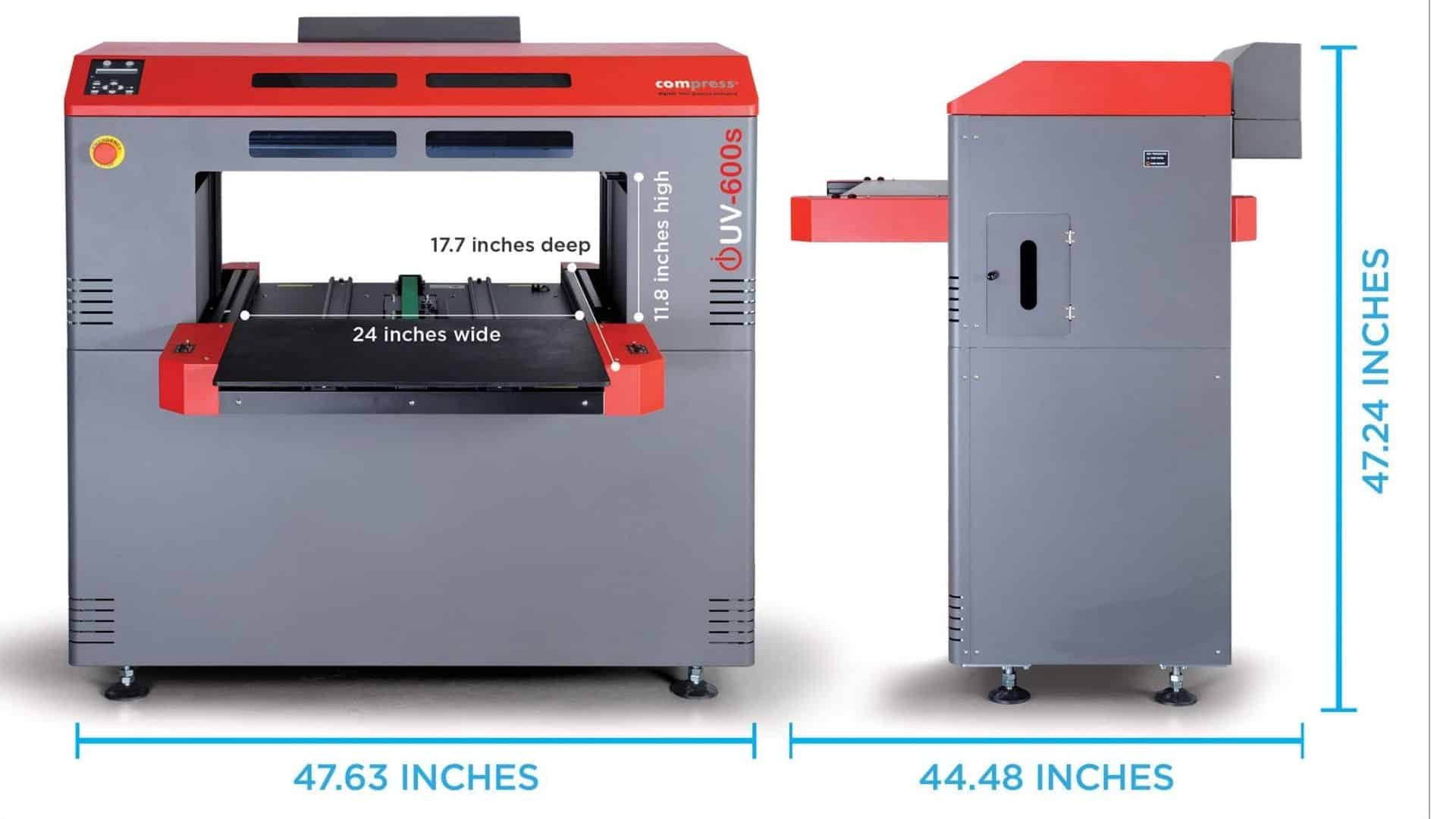
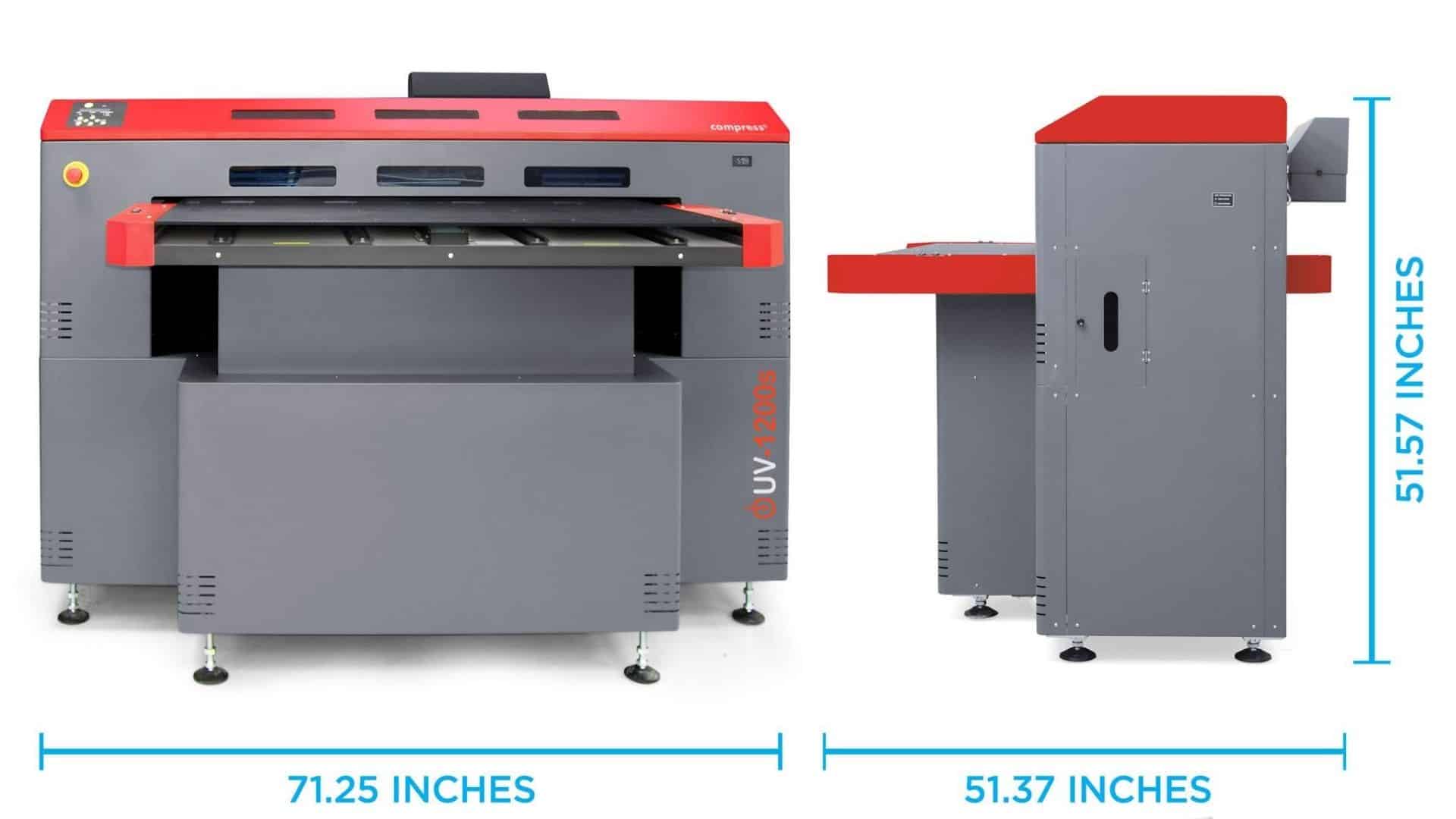
Comparison: Printing on Golf Balls
As an example, let’s look at a job for imprinted golf balls. For this illustration, we will use a 4-color logo to be printed on each ball and assume that the artwork is ready for separations. Our order will be for 600 balls.
For Pad Printing, preparing the clichés, exposing and etching them, then mounting the clichés on the machines, then filling and placing the inkcups will easily take an hour or more to accomplish.
So, we are an hour into the process without even having our first print completed. We also have invested a minimum of $20 into the 4 clichés (assuming we used photopolymer clichés instead of metal). We also have a few dollars in the films (for exposure), and the expense of labor for one hour ($20/hr. will be the number we will use for labor on both processes). We are $42+ into the job with nothing printed yet.
Pad Printer Rates of Production Examined
A typical 4-color automated pad printer claims to be able to print 600 items per hour in 4 colors. When pad printing you will need to maintain a minimum amount of ink in your inkcups for the pad printer to perform properly. For most machines, this number is one-third full.
Therefore, for a 90mm cup, this translates into about 50 grams, which works out to at least .2 liters of ink between the 4 ink cups on a 4-color machine (it’s a little more because you need to maintain at least 50 grams per cup for performance). For argument’s sake, we will just use the .2 liters as the amount of ink needed for the machine to operate properly.
Adding up the Costs
Pad printing inks range from about $90-$175 per liter. Again, let’s settle for low-middle and call it $120 a liter = $24 in ink to be used for the job.
So, we are at one hour of prep time and $42 for consumables and labor to set up, adding another $20 for labor to print and $24 in ink. When all is said and done – 2 hours start to finish and $86 in consumables and labor to print 600 – 4 color golf balls.
UV Printing is a Better Choice
So, why is UV a better solution? Artwork is artwork – so there is no difference between the processes (though artwork for separations does take longer).
The print time for a full bed of golf balls, at quality production mode (1440 x 720 dpi, bidirectional printing at 3 passes) is 8:20. That’s for 108 golf balls.
That means, just being conservative, we can print 6 full sets of golf balls per hour at this rate or 648 golf balls per hour. More output than Pad Printing. And all this is done and a much better cost per ink. We end up with an Ink cost per golf ball is $.0011 or 66¢ (sixty-six CENTS) for ALL 600 golf balls.
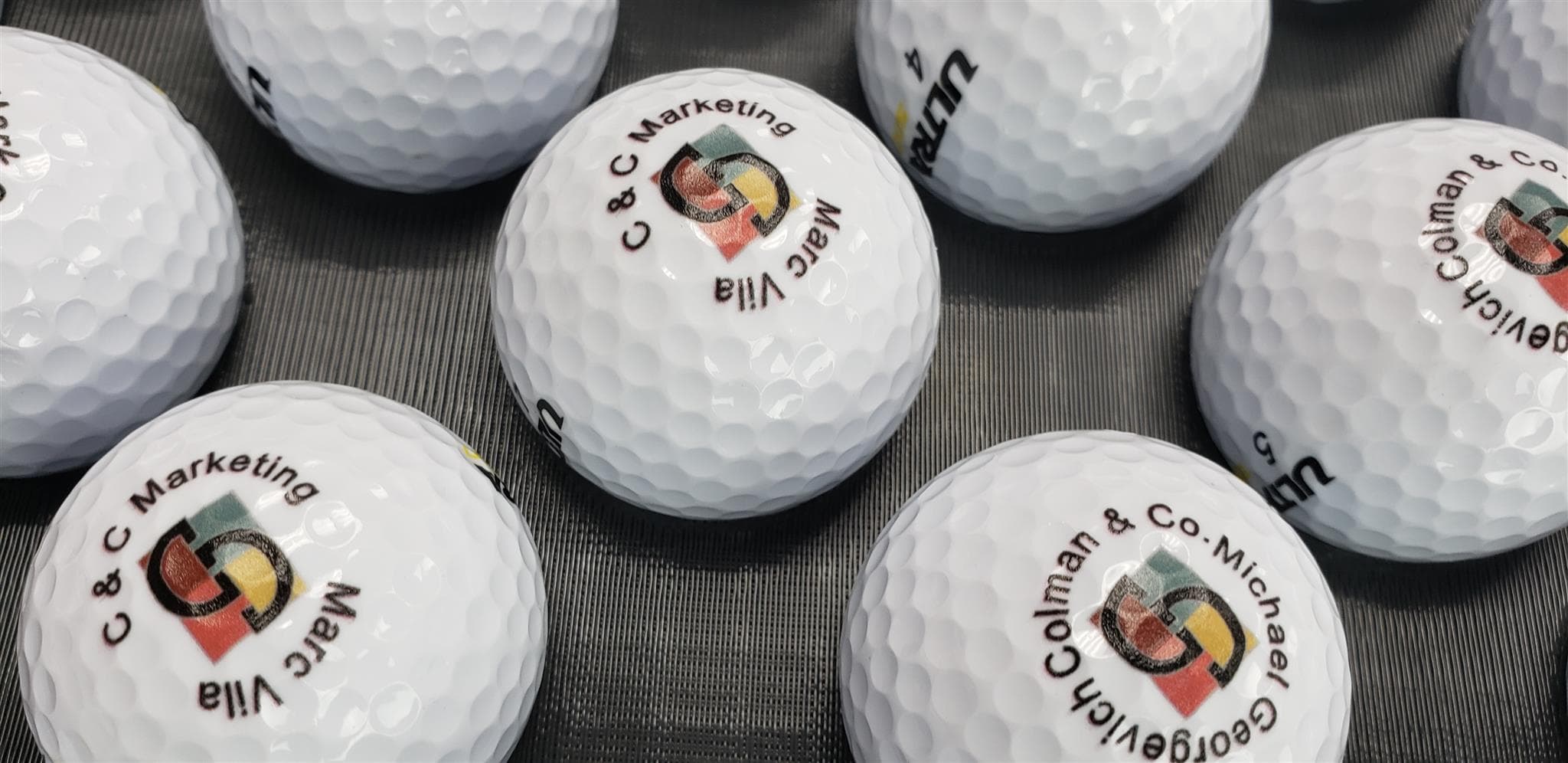
Summing It All Up
PAD PRINTING
$46 in consumables, $40 labor, 2 hours to complete (not including cleanup)
$86 at 2 Hours to complete
UV PRINTING (COMPRESS IUV-600S)
66¢ in consumables (ink), $20 labor, 1 hour to complete
Less than $21 at 1 Hour to complete.
That’s better than 1/4 the costs of ink, and 1/2 the time as pad printing!
A pretty convincing argument wouldn’t you say?
